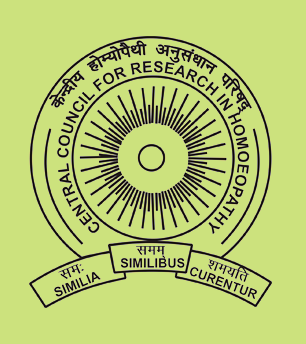Indian Journal of Research in Homoeopathy
Keywords
Heuristics, homoeopathic symptom, likert scale, prognostic factor research, repertory
Article Type
Original Article
Abstract
Background: For two centuries, homoeopathic practitioners are using personal characteristics, symptoms, and diagnoses/conditions to compare the “patient picture” with the “medicine picture.” All data are considered within the context of the totality, using a so-called heuristic strategy. In prognostic factor research analyzing homoeopathic symptoms, we cannot use this context. Question: What is the essence of a homoeopathic symptom and how do we make assessment of homoeopathic symptoms applicable in daily practice? Methods: A questionnaire with seventy polar symptoms represented in Likert scales was tested in an outpatient clinic in 300 patients. Prevalence of symptoms and correlations between symptoms and between symptoms and conditions were analyzed. Outcome: The prevalence of symptoms varied widely; sometimes, prevalence was too high to give meaningful information. Theoretical considerations about heuristics can explain this variation. There is a considerable correlation between symptoms and between some symptoms and some conditions. Conclusion: The main characteristic of a homoeopathic symptom is its peculiarity, resulting in low prevalence. We can achieve this in research by using more cutoff values in our questionnaire and by guiding the filling in of the questionnaires by well-trained doctors. Correlations between symptoms and between symptoms and conditions should be monitored. Standardization of prognostic factor research is necessary to be able to generalize results.
Digital Object Identifier
10.4103/0974-7168.200851
Publisher
Wolters Kluwer India Pvt. Ltd.
How to cite this article
Rutten L, Muraleedharan K, Shinde V, Manchanda R. What is a homoeopathic symptom, in daily practice and research?. Indian J Res Homoeopathy 2017;11:12-20. doi: 10.4103/0974-7168.200851



